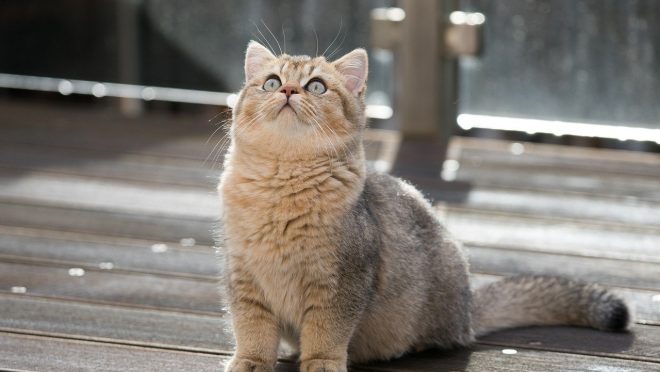Why some cats are chattier than others: it's in their genes
Why some cats are chattier than others: it's in their genes

If you’ve ever lived with more than one cat, you’ll know just how different their personalities can be. One may meow for food, purr loudly on your lap and dash to the door to greet visitors. Another might prefer to watch from a quiet corner. So why are some cats so vocal, while others remain reserved? A recent study suggests the answer may lie deep in their genes.
Led by wildlife researcher Yume Okamoto at Kyoto University, the study invited cat owners across Japan to complete a behavioural questionnaire and provide DNA samples using cheek swabs. The survey explored a range of feline behaviours, including purring and vocalisations aimed at humans.
The researchers focused on the androgen receptor (AR) gene, located on the X chromosome. This gene helps regulate how the body responds to hormones like testosterone and contains a segment of repeated DNA sequences.
The length of these repeats affects how responsive the gene is—shorter repeats make the receptor more sensitive. In other animals, such as humans and dogs, these shorter variants have been linked to traits like aggression and extraversion.In a sample of 280 spayed or neutered cats, those with the short AR variant purred more frequently. Males with this version also meowed more often to attract human attention—whether to be fed, let out, or simply noticed. Female cats with the same gene variant, however, tended to be more aggressive towards strangers. On the other hand, cats with the longer, less active gene were generally quieter.
This variant was more common among pedigree breeds, which are often selectively bred for docility.Interestingly, this same short gene variant is also found in wild cats such as lynx. This may seem contradictory, as domestication is usually thought to have made cats more vocal and sociable. But the study reveals a more nuanced picture. It suggests that certain ancestral traits—like assertiveness—may still have value, particularly in high-stress or competitive domestic environments.Other animals living near humans reflect similar dynamics.
Urban gulls, for instance, have become bolder and more aggressive than their rural counterparts. Research from Liverpool John Moores University shows that gulls in cities are more likely to squabble and show less fear of people. In urban settings, assertiveness often leads to greater access to food and resources.
The parallels with cats raise broader questions about how genes and environment interact to shape behaviour. Okamoto and his team suggest that the short AR variant might offer advantages in uncertain household settings. Cats that vocalise more or show greater confidence may receive more attention or care. However, these same traits can also present challenges, such as increased aggression.
This highlights an important aspect of evolution: behavioural diversity. A species with a wide range of temperaments is more likely to adapt successfully to changing environments. For domestic cats, this means there’s no single ‘ideal’ personality.
Some may thrive through charm and affection; others through quiet independence.Ultimately, living alongside humans doesn’t always make animals gentler. As both cats and gulls show, sometimes a little pushiness is the key to success.


